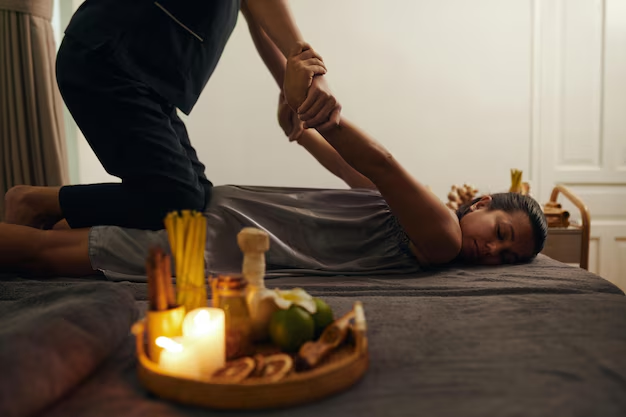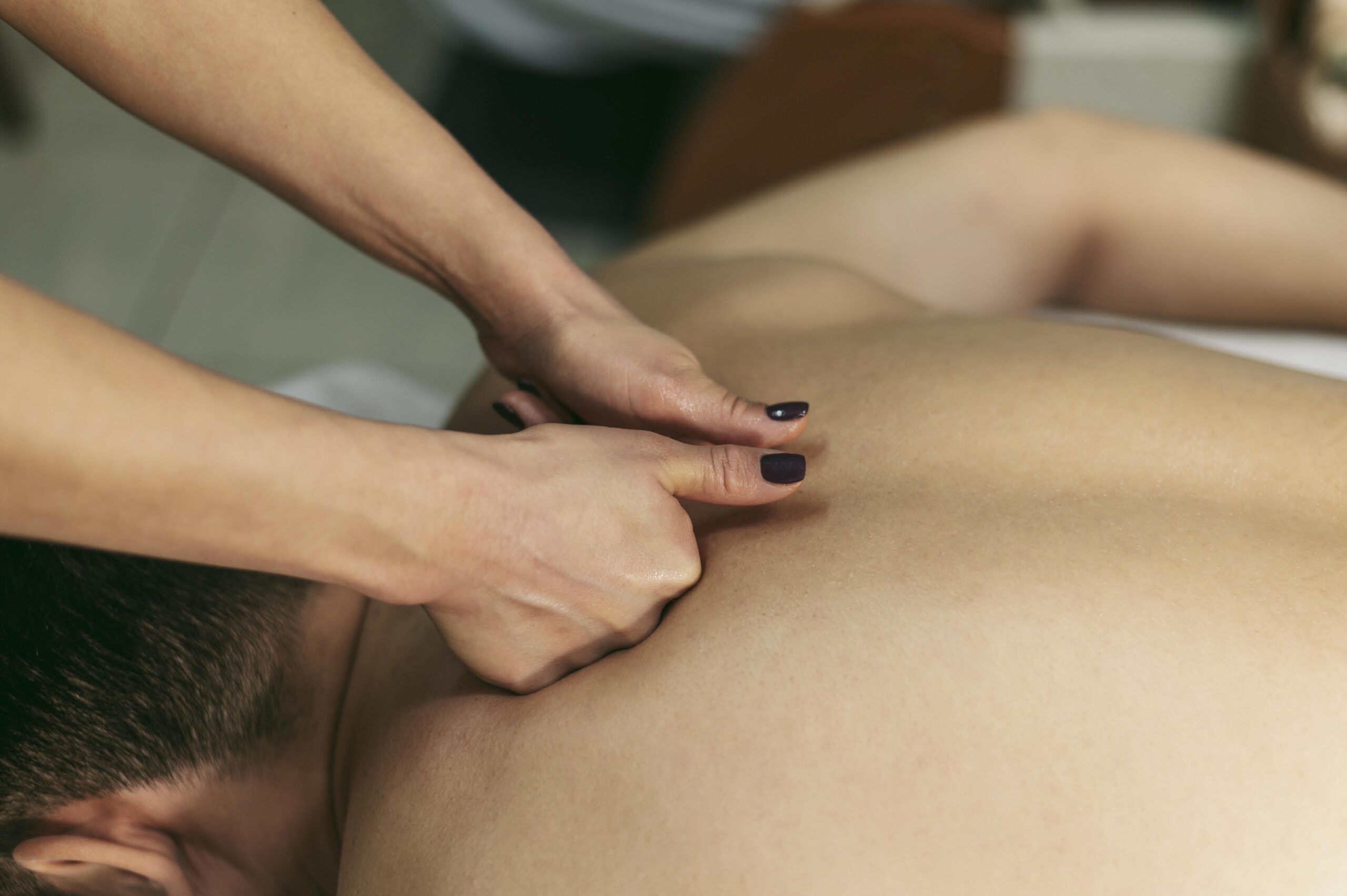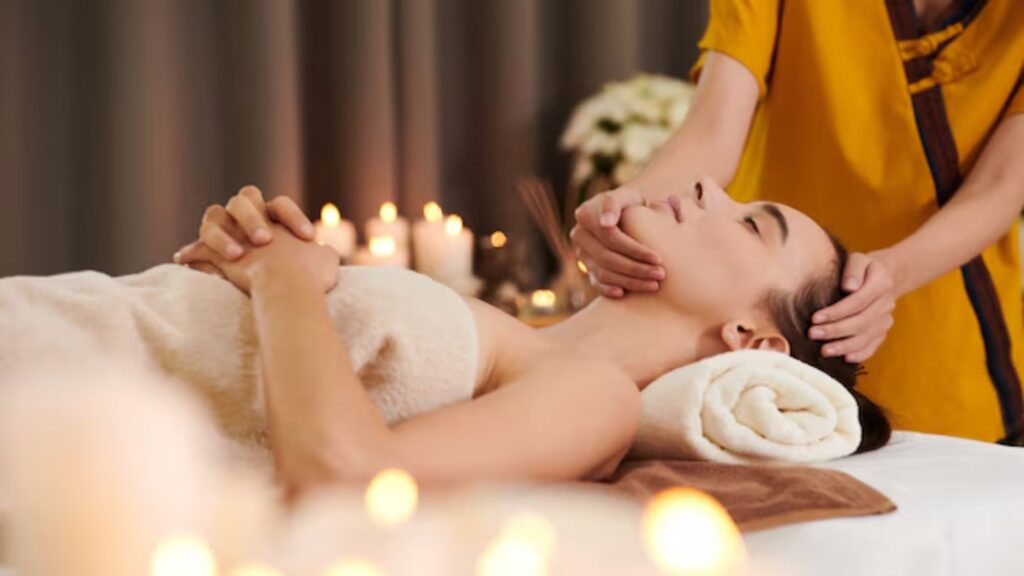Athletes are always putting their bodies on the line, on the field, on the track, or in the gym. It is necessary to have recovery, flexibility, and injury prevention to provide consistent performance. Thai Massage for Athletes is one of the best solutions. In addition to relaxing the muscles, this is also an ancient therapy that is known to increase flexibility, decrease the risk of injury, and accelerate healing.
This guide will answer some of the most important questions that athletes are likely to have about Thai massage, as well as explain why it is so important to choose traditional Thai massage that is authentic, and provide specific tips on how to maximise its benefits.

What is Thai Massage, and why is it good to help athletes?
Thai massage is a centuries-old treatment that consists of acupressure, yoga-like stretching, and manipulation of energy lines. It is also holistic compared to a regular massage to enhance blood flow, flexibility, and energy balance.
Athletes benefit from:
- Better Flexibility: Yoga-like stretches minimise rigidity and increase the range of movement.
- Better Recovery: The deep tissue procedures work on sore muscles and speed up the recovery process.
- Improved Blood Flow: The flow of blood is improved to supply oxygen and nutrients to the tired muscles.
- Pain Relief: Releases pain and tension due to a vigorous workout.
This is because by selecting the traditional Thai massage, one will be using the correct technique and reaping the maximum benefits.
What is the role of Thai Massage in preventing sports injuries?
The strains, sprains, and overuse problems are some of the injuries that are prevalent among athletes. Thai massage on athletes will decrease the risk by:
- Loosening tight muscles
- Enhancing joint mobility
- Maintaining energy balance to aid the general body’s activity.
Frequent events will allow the sportsmen to be at their best and avoid recoveries.
The Impact of Thai Massage for Athletes on Performance
Thai massage is more than just a relaxing activity:
- Increases Agility and Strength: Nimbleness will enable more effective locomotion.
- Improves Endurance: Improved blood flow and less fatigue in muscles boost stamina.
- Enhances Mental Focus: Stress lowers the performance of athletes; relaxation helps athletes to play under pressure.
A genuine traditional Thai massage is performed with the aim of addressing certain energy lines and muscle groups to achieve maximum effect.
What are the best Techniques to use with Athletes?
Certain Thai massage techniques have certain advantages for athletes:
- Stretches/Assisted Yoga Poses: This practice enhances flexibility and joint motion.
- Pressure Point Therapy: Works out knots and tension in stressed places.
- Deep Tissue Manipulation: Massages the tight muscles in a way that facilitates healing.
- Sen Line Therapy: Helps to restore balance in the energy and enhances overall performance.
The authentic traditional massage therapists also have training on the appropriate amount of pressure and at the right moment to be effective.
At what time Should Athletes Get a Thai Massage?
Timing matters for results:
- Pre-Workout: Stretching and massage of the muscles and prevention of injuries.
- Deep-Tissue: Deep-tissue therapy is a method that cleans out the lactic acid and helps in speeding recovery.
- During the Training: Flexibility and less fatigue are observed in regular sessions.
- Pre-competition: Competency-based therapies decrease fear and increase preparedness.
What is the way to select a genuine traditional Thai massage therapist?
- Check certification and training in Thailand.
- Determine whether the therapist uses stretching, pressure points, and energy lines.
- Support a treatment method, not simply relaxation.
One can choose a genuine traditional Thai massage therapist to make sure that athletes recover safely and effectively.
Key Takeaways
- Thai massage enhances muscle recovery, flexibility, and circulation.
- It stops injuries and improves athletic performance.
- Some of the techniques used are assisted stretches, pressure point therapy, deep tissue manipulation, and energy line therapy.
- Time is important: post-workout, pre-workout, and regular sessions are the most profitable.
- It is important to select a traditional Thai massage therapist who is authentic so that maximum benefit can be achieved.
Frequently Asked Questions (FAQs).
Q1: Can all athletes receive a Thai massage?
Yes. Depending on the level of an individual, professional athletes, and injured persons, therapists modify the intensity and methods of the therapy.
Q2: What is the frequency of Thai massage among athletes?
Training sessions once a week would be optimal, and also bi-weekly treatments may be of great value.
Q3: Will Thai massage hurt?
There are deep tissue and pressure techniques that can be painful; however, there is training for therapists to make them comfortable.
Q4: Is Thai massage a substitute for traditional sports therapy?
No. It is used with the other recovery treatments such as physical therapy, stretching, and strength training.
Q5: What is the average length of a session?
The classes take around 60-90 minutes, depending on the concentration and the subject.
Q6: Is Thai massage safe for beginners?
Absolutely. Therapists make the session flexible depending on individual flexibility, experience, and comfort.
Call to Action
The typical or traditional Thai massage is called authentic, incorporating the use of authentic Thai herbs, in addition to traditional massage techniques, to treat injured athletes, promote injury prevention, and speed recovery.
Make your appointment now with a registered Thai massage practitioner and see how millennium-old skills can improve your sporting performance and recovery.
Be the first to go to the height of functioning- book your Thai massage today!




